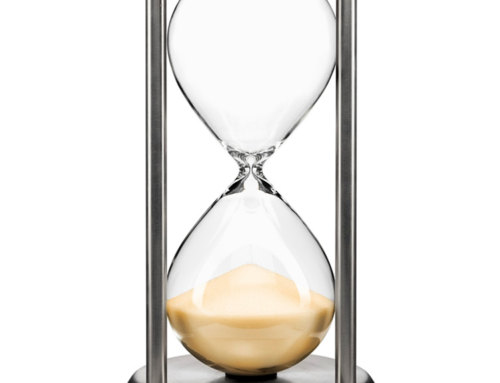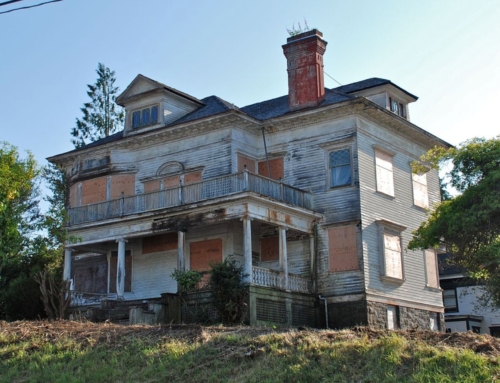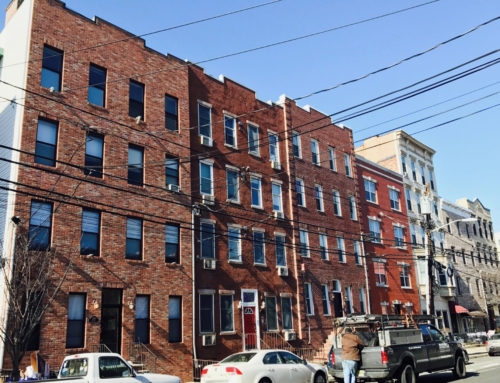Unlocking Success: The Crucial Role of a Stellar Design Team in NUIC Developments’ Exceptional Projects
In the ever-evolving realm of real estate and property development, the impact of design on the success of a project cannot be overstated. Design, both functional and aesthetic, can transform an ordinary construction project into a masterpiece.
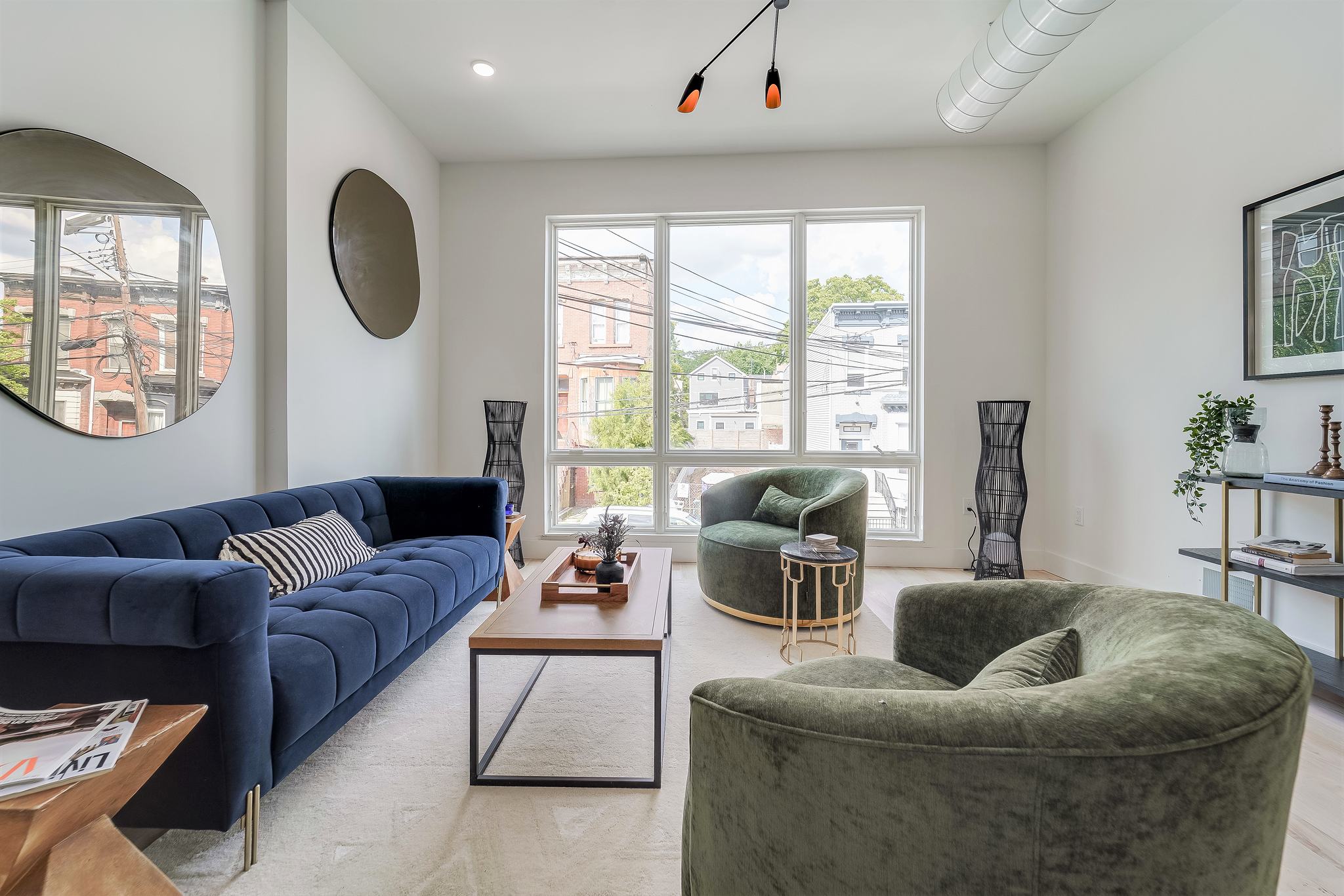 The Power of Design in Real Estate
The Power of Design in Real Estate
Design is the heart and soul of any real estate development. It’s the creative force that brings space to life, turning mere blueprints into places where people live, work, and play. A well-thought-out design can enhance user experiences, maximize functionality, and create a distinctive identity for a property. It’s not just about creating visually appealing spaces; it’s about crafting environments that resonate with their occupants.
In a competitive market, the right design can set a development apart from the rest, becoming a beacon that attracts potential buyers, investors, and tenants. It can elevate the value of a property, both in terms of its aesthetics and its functionality. However, achieving such transformative results requires a design team with the right expertise, vision, and passion.
NUIC Developments’ Approach: Elevating Through Design
NUIC Development has distinguished itself through its commitment to excellence in design. We as a company understand that our projects are not merely brick and mortar; they’re living spaces that will shape the experiences of those who inhabit them. This understanding is mirrored in our approach to assembling and collaborating with design teams.
Here are five reasons design experts are a must hire.
1. Visionary Expertise: We recognize that a design team’s expertise goes beyond technical skills. It’s about having a visionary mindset that can blend architectural brilliance with an in-depth understanding of user needs and market trends. By handpicking professionals who possess both technical mastery and a creative edge, we ensure that our projects are designed to be timeless and relevant.
2. User-Centric Approach: Every project is a result of a deep-rooted commitment to understanding the end-users. The designers immerse themselves in the target demographic’s preferences, aspirations, and lifestyles. This user-centric approach enables them to create spaces that resonate with the intended audience, thus increasing the projects’ appeal and marketability.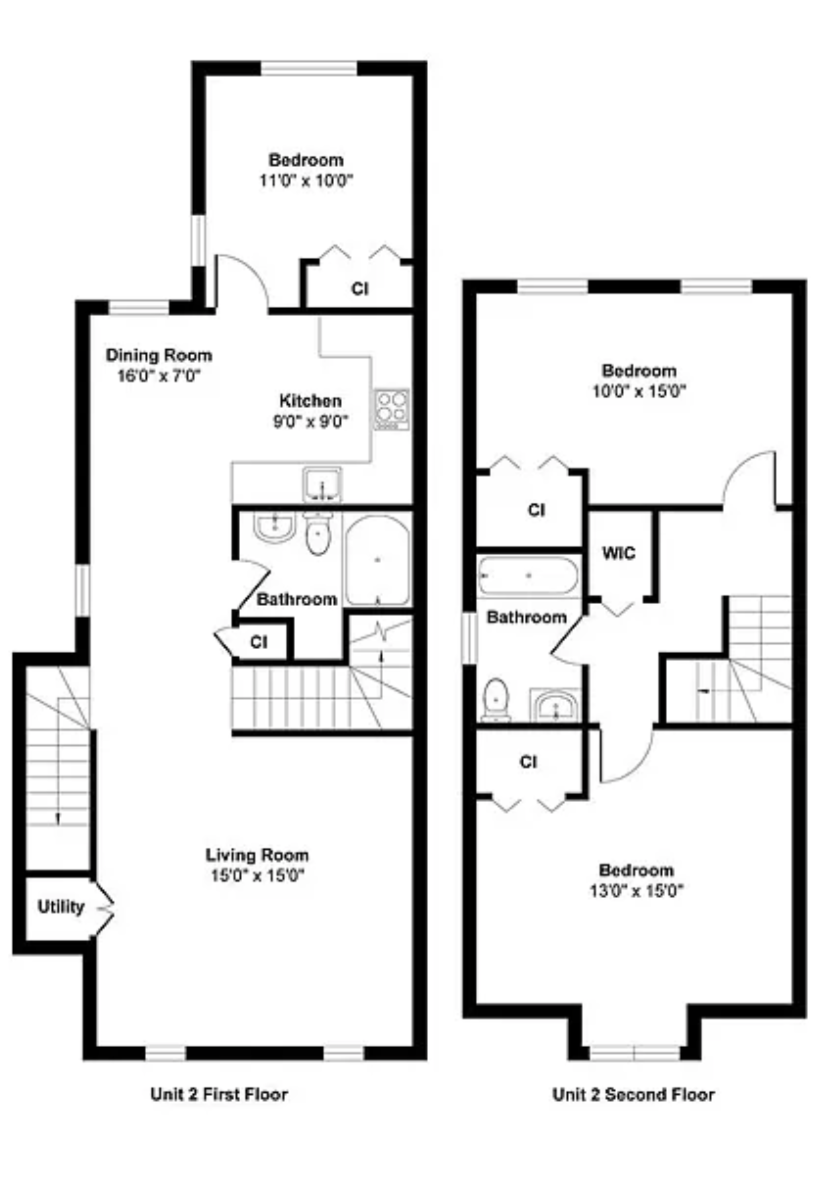
3. Collaboration and Innovation: A key factor that sets us apart is our emphasis on fostering collaboration and encouraging innovation within our design teams. This dynamic approach leads to the creation of spaces that push boundaries, challenge conventions, and surprise occupants in delightful ways. By giving their design teams the freedom to explore new ideas, we ensure that each project becomes a unique piece of art.
4. Attention to Detail: It’s often said that the devil is in the details, and NUIC Developments takes this adage seriously. Their design teams meticulously scrutinize every aspect of a project, from the layout of rooms to the selection of materials and the play of light and shadow. This attention to detail results in properties that exude a sense of luxury, comfort, and sophistication.
5. Brand Identity: We have crafted a distinct brand identity. Our design teams play a pivotal role in upholding this identity by infusing each project with the company’s core values. Consistency in design excellence not only enhances the company’s reputation but also creates a beautiful stage for life’s memories, your home.
In the realm of real estate development, a remarkable design team can be the difference between mediocrity and magnificence. Our commitment to hiring the right design team has consistently propelled our projects to stand out from the crowd. By selecting experts who bring vision, innovation, and a user-centric approach to the table, We have showcased the transformative power of design in real estate. Our success story serves as a potent reminder of the lasting impact that a dedicated and proficient design team can have on the built environment.


